SUMMARY
This is AI generated summarization, which may have errors. For context, always refer to the full article.
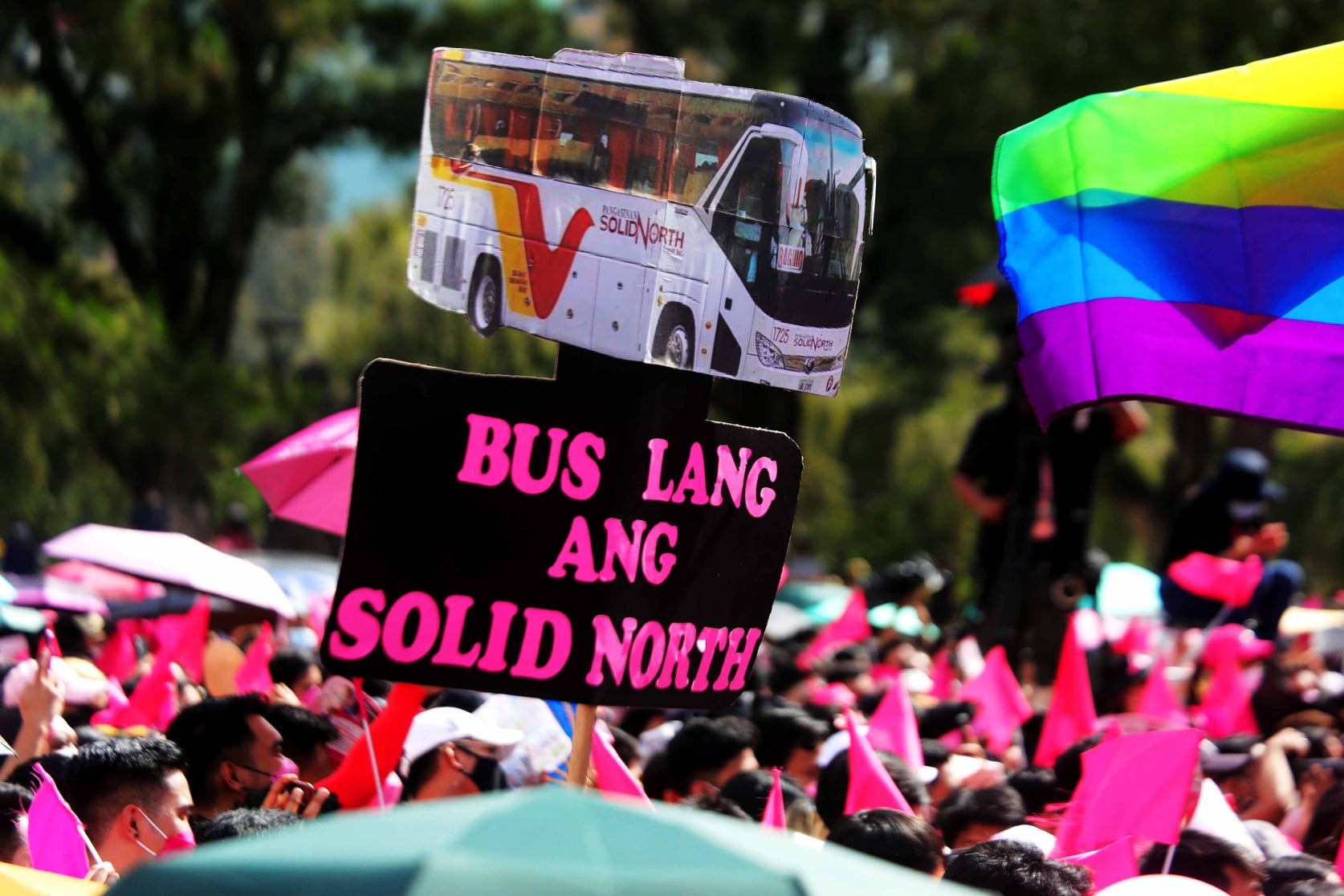
First of 5 parts
BAGUIO CITY, Philippines – Vice President Leni Robredo loved to read out supporters’ placards during her campaign sorties for the May 2022 elections.
At the Takder Kordi rally held at the Melvin Jones football grounds in this city, one of the placards she read was, “Bus Lang Ang Solid North.” It drew one of the loudest cheers from the 30,000 folks at the event.
The written quip referred to the Solid North Bus Lines, which was established in 2010 and primarily plied the Pangasinan-Manila route.
The predominantly young audience repeatedly roared “Awan ti Solid North!” (There is No Solid North).
But a week later, the country realized again that the Solid North was still alive and growing.
In Ilocos Norte, according to the final count, hometown son and former governor Ferdinand Marcos Jr. got 356,221 votes against Robredo’s 10,043 votes.
Even in a 10-way fight, Marcos got 95.84% of the vote.
The incoming president’s home province gave him the highest winning percentage among all provinces in the country.
Returns from the whole Ilocos Region – which also includes Ilocos Sur, La Union, and Pangasinan provinces – were equivalent to 89.23% for Marcos if the election were one-on-one against Robredo.
But the two other regions in the Solid North gave Marcos an even higher percentage win. Cagayan Valley recorded 90.74% and the Cordillera went even higher with 91.37% for Marcos in a head-to-head contest with Robredo.
The only time regions I and II (Cordillera was formerly distributed between the two regions) voted solidly was in the 1986 snap elections, when the late dictator Ferdinand E. Marcos, the president-elect’s father, won over Corazon Aquino. She would later assume the presidency following the 1986 EDSA People Power revolt.
While the placard said, “Bus lang ang Solid North,” that bus has carried the Marcoses to victory.
Cover-up for fraud
Assistant Professor Reidan Pawilen of the University of the Philippines Los Baños describes the Solid North as a campaign phenomenon.
In his paper, “The Solid North Myth: An investigation on the status of dissent and human rights during the Marcos Regime in Regions 1 and 2, 1969-1986,” Pawilen refers to Solid North as “the block voting behavior of Regions 1 and 2 that helped in electing Marcos to power during his 20-year rule in the Philippines.”
Even then, the Solid North was not played cleanly.
“While the Solid North justified Marcos’ victories in the 1965, 1969, 1981, and the 1986 elections, the phenomenon also served a political function and became a propaganda that blanketed the massive electoral frauds during his term,” Pawilen said.
The eminent Ilocano scholar Arnold Molina Azurin offered a similar definition to Solid North.
“It is a propaganda that should be understood in this particular sense, a solo block of canvassed votes in Ilocano-speaking region or provincial district whether the ballots are counted regularly or not, whether the votes are the actual result of election fraud such as vote-buying or intimidation or some other trickery, but what is important is to ensure a winning margin of votes,” said Azurin, author of Reinventing the Filipino, Beddeng, and Beyond the Cult of Dissidence in Southern Philippines and Wartorn Zones in the Global Village.
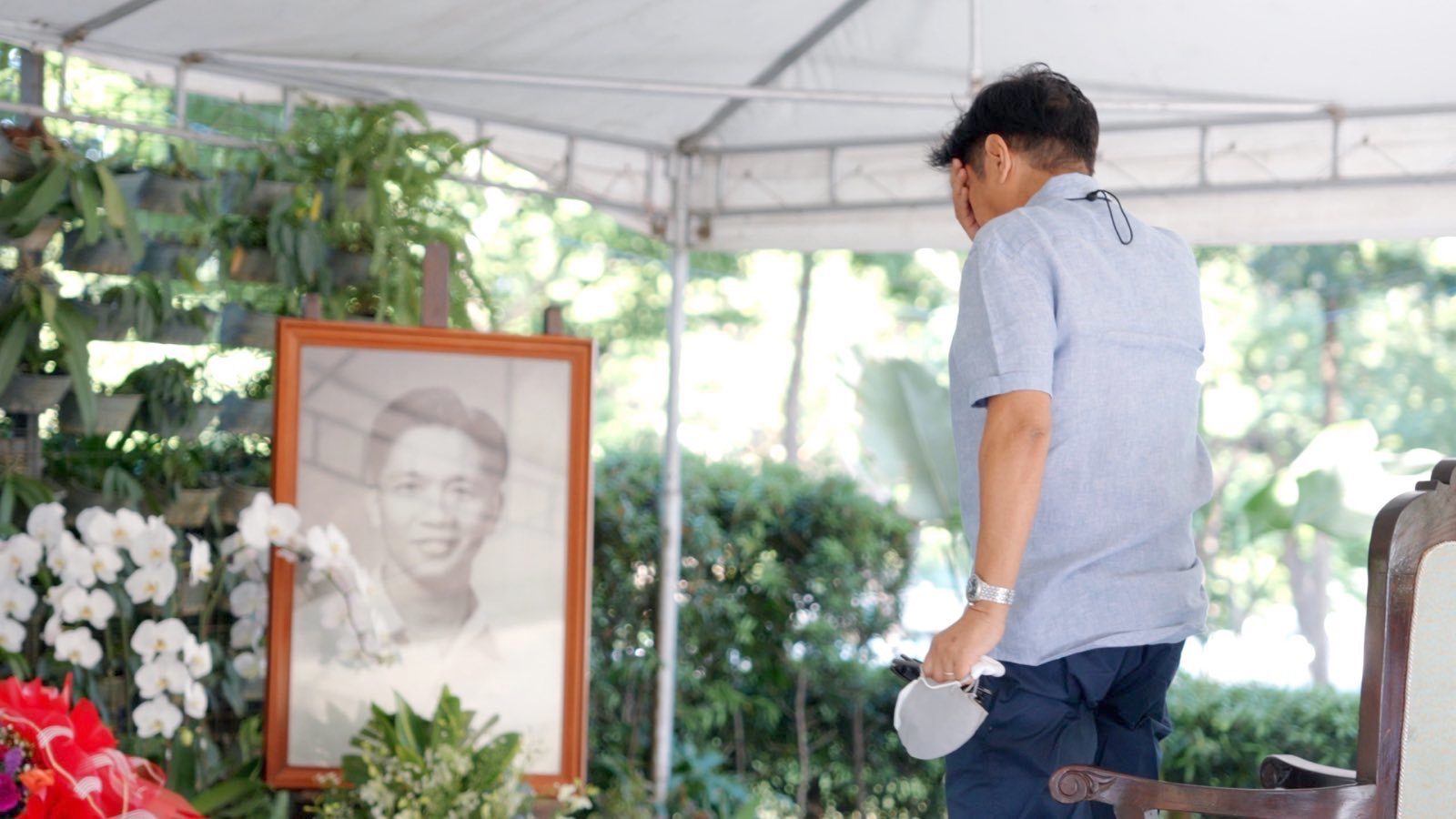
The Solid North of the son indeed follows the father’s Solid North playbook.
In this election, 595 precincts gave zero votes to Robredo.
Although more than half of them were in Sulu, almost 100 were in the Solid North area (45 in Abra, 20 in Ilocos Norte, 16 in Ilocos Sur, 6 in Apayao, 3 in La Union, and 2 each in Kalinga and Ifugao, and 1 each in Isabela and Cagayan).
The last time this happened was in 1986 when, for example, 13,643 voted for Marcos Sr. in San Nicolas, Ilocos Norte, against 0 for Corazon Aquino.
Even then, international observers called this a “statistical improbability” – a term used repeatedly by Marcos Jr.’s critics in these recent elections. (READ: The ‘constant 47% ratio’ explained)
While there are many parallelisms in the Solid North of father and son, there are also deviations.
But one thing remains constant: the only passengers on the bus are the Marcoses.
Myth-making
Ferdinand E. Marcos was not the first Ilocano president. Elpidio Quirino, the son of a jail warden of Vigan, Ilocos Sur, won as president over Jose Laurel in 1949, but the Ilocano race card was hardly used then.
Ferdinand Marcos fought president Diosdado Macapagal, the “poor man son of Lubao, Pampanga,” in his re-election bid in 1965.
It was then that the Solid North was born.
The Marcos-Macapagal contest was first a battle of personalities, using popular culture as the battleground.

Macapagal brought out his movie bio entitled The Macapagal Story in 1963, with Leopoldo Salcedo playing the lead role and Jose Padilla Jr., Liza Moreno, Lina Cariño, Jay Ilagan, Rosa Aguirre, Oscar Keesee, and Danilo Jurado in supporting roles.
The great Gerardo de Leon also came out with another movie entitled Daigdig ng Mga Api, again inspired by the life of Macapagal. Movie critics said the movie was a classic, although no copy can be found now.
Marcos then came out with Iginuhit ng Tadhana (The Ferdinand E. Marcos Story), with a blockbuster cast including Luis Gonzales as Ferdinand, Gloria Romero as Imelda, Vilma Santos as Imee, Chona as Irene, and Ferdinand Marcos Jr. as himself. This is the first time that the younger Ferdinand, nicknamed Bongbong, was used for propaganda.
The Macapagal Story was shown mostly in Manila while Iginuhit ng Tadhana was shown in the provinces during the campaign, particularly in the Solid North.
In 1969, Iginuhit ng Tadhana had a sequel entitled, Pinagbuklod ng Langit. Directed by Eddie Garcia, it again had Luis Gonzales and Gloria Romero as the Marcos couple and Vilma as Imee. Rosa Mia played Doña Josefa Edralin while Gina Alajar played Irene and Jojie Aranda as Bongbong.
There was actually a second sequel to this Marcos myth-making. This was Maharlika, about Marcos’ fabricated guerrilla exploits. It starred Dovie Beams, who interestingly also became Marcos’ mistress, which was why the movie was not shown.
There was a November 1980 letter by Luis Nepomuceno of the Nepomuceno Productions, asking Imelda Marcos for help because his film studio went bankrupt after the movie was shelved.
“During my last audience with you in 1971 you entrusted to me the responsibility of safeguarding the film, which we shelved from exhibition, entitled Maharlika,” Luis wrote Imelda.
The Philippine National Bank foreclosed Nepomuceno’s properties, including his house, in 1974, but Imelda remained adamant about not bringing out the third film.

Marcos also commissioned his biography, written in 1964 by a hack writer named Hartzell Spence, entitled, For Every Tear a Victory: The Story of Ferdinand E. Marcos.
This predictably became a bestseller in the Philippines as it was distributed for free in many Ilocos Norte towns.
Then-senator Marcos paid at least US$15,000 in 1963 to Spence and also told the publisher McGraw-Hill that he would guarantee $10,000 in sales, according to Leonard Saffir, the PR specialist hired by Marcos.
“This means that if they sell only $7,000 worth of books, we owe them $3,000,” Saffir explained to Marcos.
Pawilen said that the book was “where some controversial historical claims were included such as his role in the Second World War and his war medals.”
Alfred McCoy, an American historian, however, was able to gather and evaluate the documents that Marcos submitted and found out that the so-called documents on the Maharlika guerrilla unit that Marcos was supposed to command were forged, and that the medals that he claimed to have received from the US military were fake.
“In 2013, the National Historical Commission of the Philippines published a detailed analysis on how the documents were forged, complete with actual photographs of the fake documents,” Pawilen wrote.
The victory of Marcos over Macapagal could be attributed to this historical revisionism, but in Ilocos, a more sinister strategy solidified the Solid North. – Rappler.com
(To be continued)
Read the series here:
- Blood and money, not gold and honey, birthed Solid North
- Ilocano diaspora created Solid North, Fluid North
- Solid North rebounds years after Marcos’ exile, death
This series has been made possible by Internews.
Add a comment
How does this make you feel?
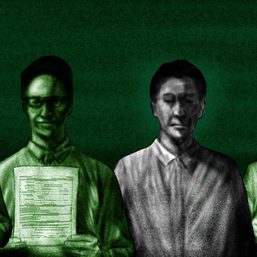
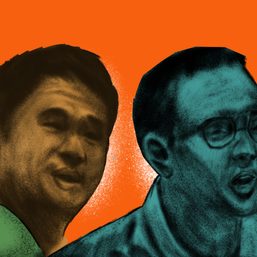
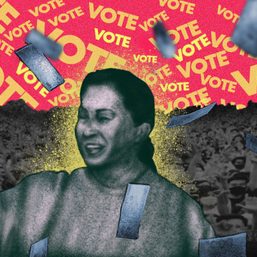
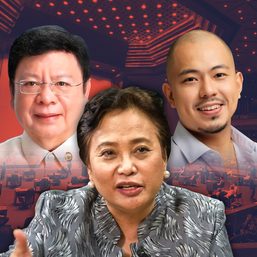
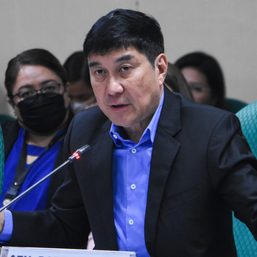

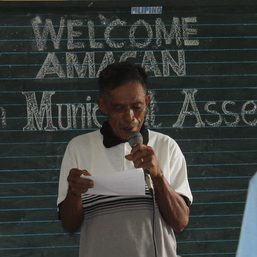
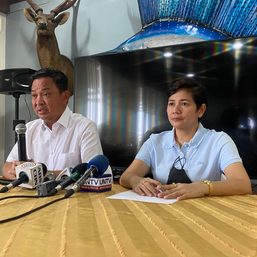
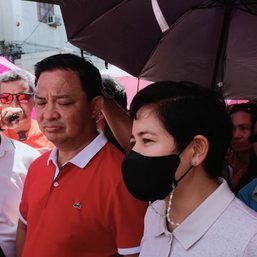
![[Newspoint] Improbable vote](https://www.rappler.com/tachyon/2023/03/Newspoint-improbable-vote-March-24-2023.jpg?resize=257%2C257&crop=339px%2C0px%2C720px%2C720px)
![[Newspoint] 19 million reasons](https://www.rappler.com/tachyon/2022/12/Newspoint-19-million-reasons-December-31-2022.jpg?resize=257%2C257&crop=181px%2C0px%2C900px%2C900px)
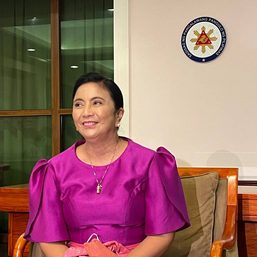
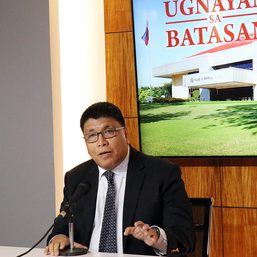
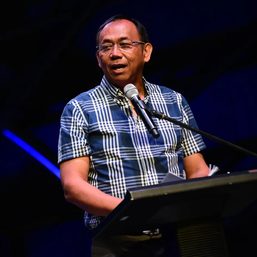
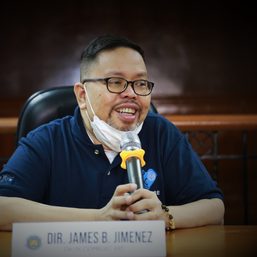
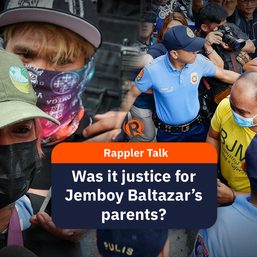
![[New School] Tama na kayo](https://www.rappler.com/tachyon/2024/02/new-school-tama-na-kayo-feb-6-2024.jpg?resize=257%2C257&crop=290px%2C0px%2C720px%2C720px)


![[Newspoint] Willful indifference](https://www.rappler.com/tachyon/2024/05/np-willful-indifference-05032024.jpg?resize=257%2C257&crop=270px%2C0px%2C720px%2C720px)
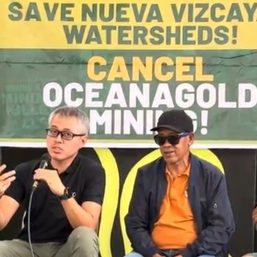
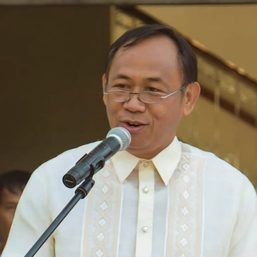











![[Newspoint] A fighting presence](https://www.rappler.com/tachyon/2024/07/thought-leaders-a-fighting-presence.jpg?resize=257%2C257&crop=441px%2C0px%2C1080px%2C1080px)
![[Closer Look] ‘Join Marcos, avert Duterte’ and the danger of expediency](https://www.rappler.com/tachyon/2024/06/TL-trillanes-duterte-expediency-june-29-2024.jpg?resize=257%2C257&crop_strategy=attention)

There are no comments yet. Add your comment to start the conversation.